St Andrew's Church, Pickworth: Loosed Plaster
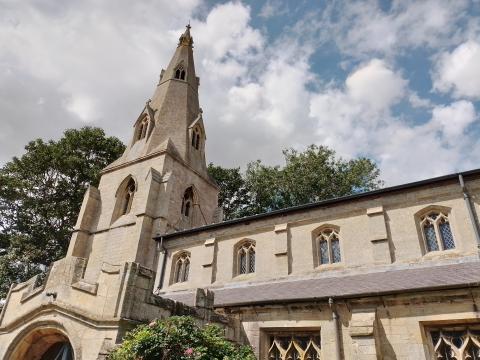
St Andrew’s Church at Pickworth, Lincolnshire, must be one of the most impressive in the country, at least for folk like me who enjoy a fine medieval building. Now I have written about many such places on this website: “What is so special about this one?”, a gentle reader may ask.
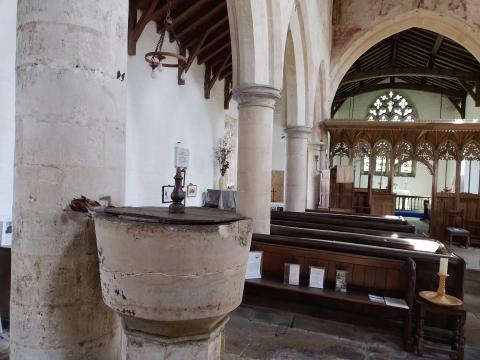
Is it the twelfth century tub font, in which the crying babes of Pickworth were dunked or sprinkled for 900 years? No.

Is it the fourteenth-century pews, those big heavy benches with carved ends, which are so robust only the apocalypse itself could destroy them? Alas, no.

Is it the earlier graffiti carved onto the pillars and masonry, giving us a faint but authentic connection to the ordinary folk who called this church their spiritual home? No, also.
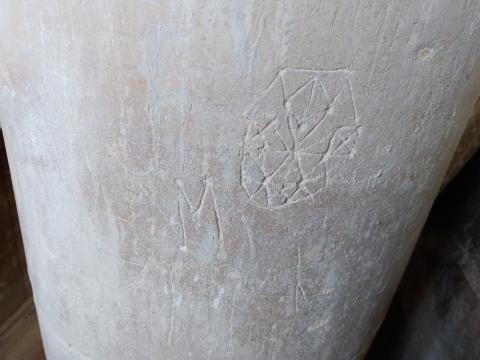
Rather it is the medieval wall paintings which have just about survived. These would have been plastered or painted over at the Protestant Reformation, which both removed them and preserved them at the same time. One, below, shows a ‘cauldron of hell’ with a number of sinners inside, paying for their crimes.
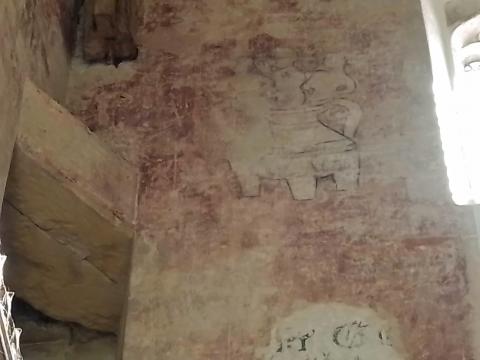
The most prominent, over the chancel arch, is a fully developed ‘doom’ painting, depicting the final judgement. Elsewhere, there are three shots of the ascension, the three kings and, for good measure, three skeletons. I had to look up this last part, as my vision was not strong enough to correctly detect and interpret the faded paint. They are judged to have been made about 1380 on account of the fashions and hair styles, as well as artistic manner.
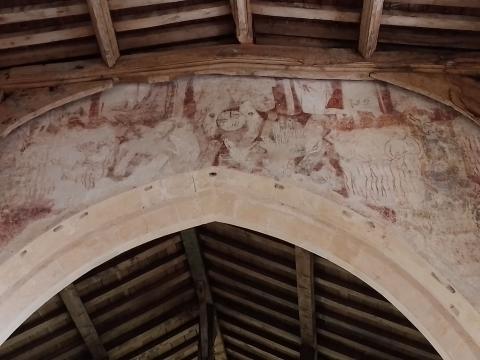
How did they survive, even in this incomplete and damaged state? The Protestant plasterwork covered them up, so they could not be employed as idols, nor as distractions during a well-intentioned sermon. Under that protective layer those pictures remained until a Second World War German bomb landed on the village close by, and the plaster in the church was disturbed. For the first time in over five hundred years, the ancient scenes were bathed in light as their covering fell off.
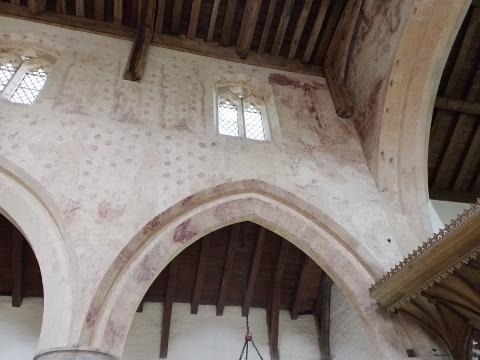
The dropping of bombs is most certainly not be encouraged; plaster is best on walls, not crumbled onto floors and pews. Yet a good shake, a strong vibration, a short, sharp shock may reveal in us finer qualities than we thought ourselves capable of. The sovereign Lord whose will we obey and whose way we follow does not spare us from nasty incidents and unpleasant surprises. This is not because He does not care but because He wishes to reform character and remove Adam’s old plasterwork. A cruel jolt or rude awakening is usually better for the soul than a life of easy pleasure and godless indolence.
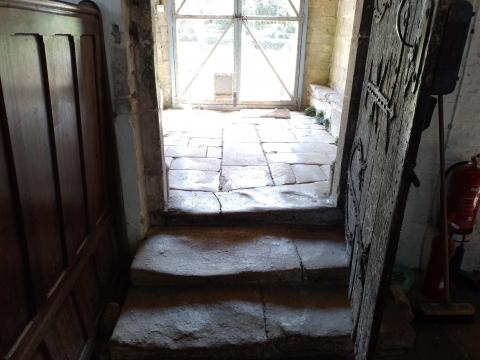
Search me, O God, and know my heart today;
Try me, O Lord and know my thoughts, I pray.
See if there be some wicked way in me;
Cleanse me from ev'ry sin and set me free.
-Edwin Orr
- Log in to post comments


 Sunday Worship 10.45am & 6.00pm
Sunday Worship 10.45am & 6.00pm